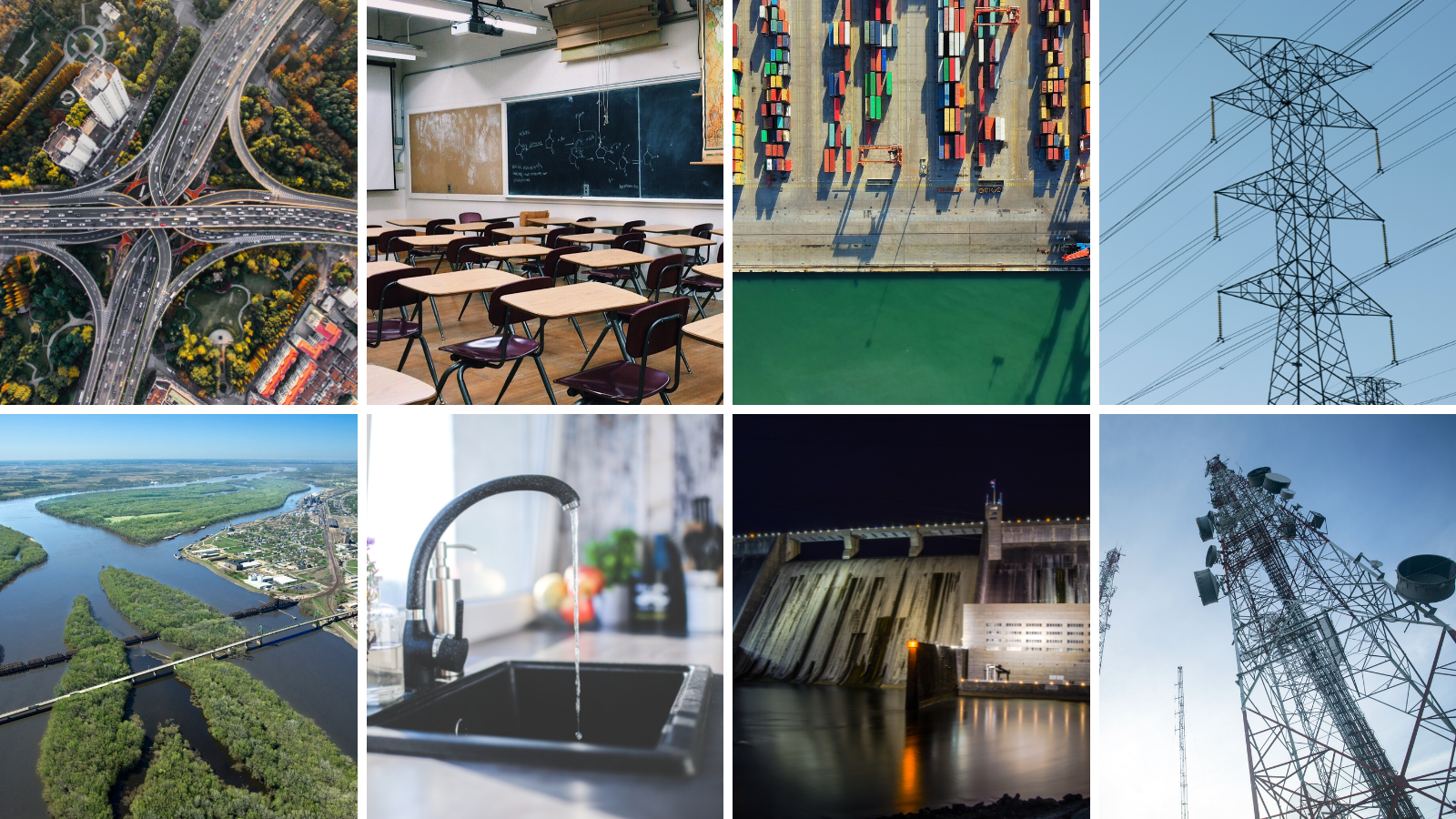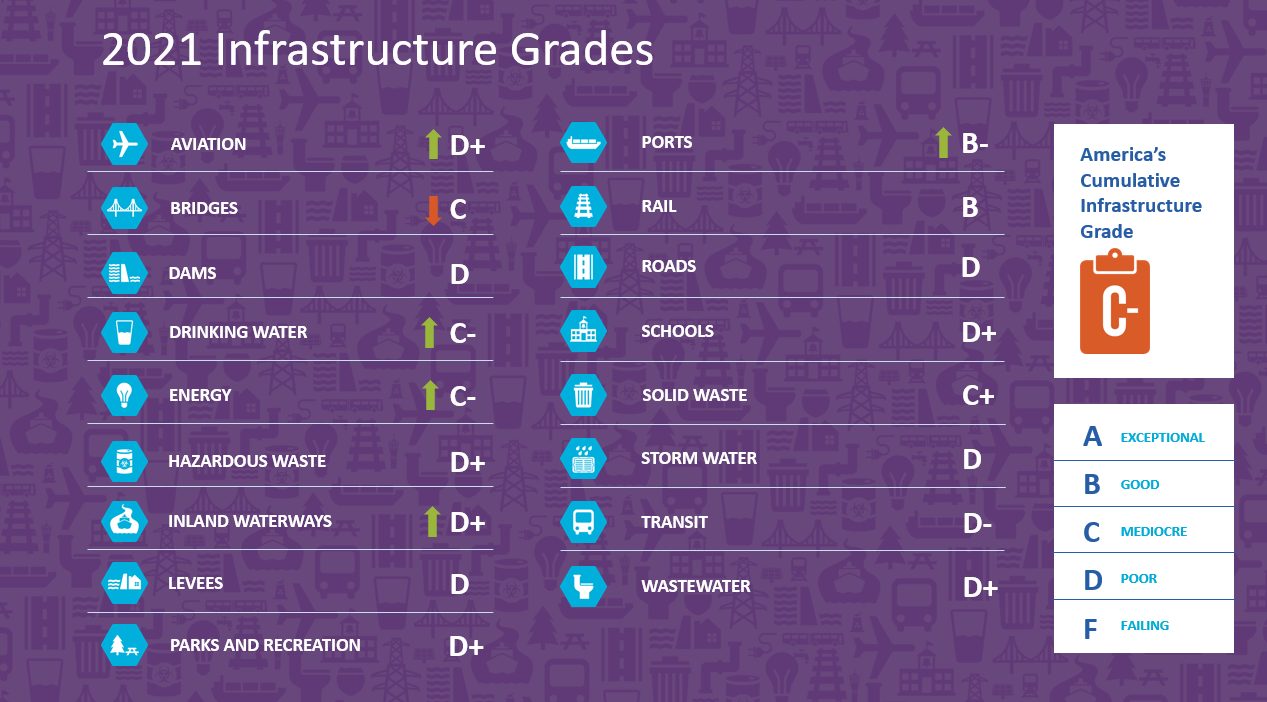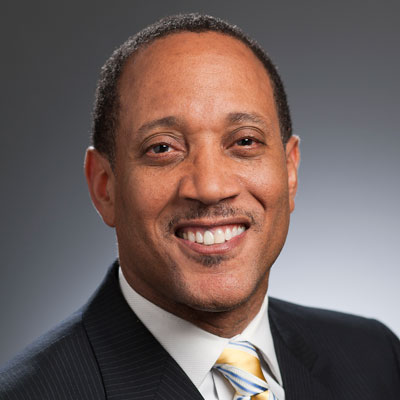Investing in our infrastructure is required for a thriving, equitable future
When reflecting on my time living in Europe two decades ago as an ex-pat, I recall colleagues driving on the Autobahn in Germany or discussing the high-speed internet at major airports. I can’t help but compare it to the potholes in Baltimore City that blew out my tires three years ago and the 45-minute wait […]

When reflecting on my time living in Europe two decades ago as an ex-pat, I recall colleagues driving on the Autobahn in Germany or discussing the high-speed internet at major airports. I can’t help but compare it to the potholes in Baltimore City that blew out my tires three years ago and the 45-minute wait for AAA to tow my vehicle to a repair shop.
These memories resonate with me as I reflect on the impact of quality infrastructure in our communities, how it relates to disasters and equity, and ongoing efforts to get a $1 trillion infrastructure bill through Congress.
A barely passing grade
In its latest report card on the state of America’s infrastructure, which I highly recommend reading, the American Society of Civil Engineers (ASCE) gave the U.S. an overall rating of C-. For an advanced industrialized and technology-based economy, this is unacceptable. The report noted examples of how we fall short as a nation, such as:
- “There is a water main break every two minutes, and an estimated 6 billion gallons of treated water are lost each day, enough to fill over 9,000 swimming pools.
- Growing wear and tear on our nation’s roads have left 43% of our public roadways in poor or mediocre condition, a number that has remained stagnant over the past several years.
- There are 30,000 miles of inventoried levees across the U.S., and an additional 10,000 miles of levees whose location and condition are unknown.”
However, infrastructure is more than roads, bridges and water. It also includes energy, broadband connectivity, schools, wastewater treatment systems and more. As an example, the lack of quality broadband in underserved and rural communities had an adverse impact for students working remotely because of the COVID-19 outbreak.

Infrastructure and disaster
Most states recognize that the current state of our infrastructure is an issue. However, with limited budgets, these expenditures are placed on the back burner and only addressed when a catastrophic event takes place.
We react to the disaster; however, we do not proactively work to minimize the impact of potential disasters. Thus, we see a history of infrastructure failures compounding the impacts of natural and humanitarian disasters repeating themselves without a viable solution. Recent examples include the hurricanes in 2017 that devastated the Caribbean and Texas or the current situation of COVID-19 in rural and underserved communities.
Infrastructure should never be a partisan issue: All Americans are affected by bad bridges, inadequate broadband and polluted water.
The 2021 ASCE Report raises the critical questions that need to be addressed to ensure that our country is prepared for a vibrant future.
- Capacity: Does the infrastructure’s capacity meet current and future demands?
As we identify the demographics of the U.S., we should prepare for infrastructure to ensure it meets our needs. - Condition: What is the infrastructure’s existing and near-future physical condition?
We are aware of where the infrastructure is crumbling. This should be a priority before the costs of fixing a problem get excessively higher due to neglect. - Funding: What is the current level of funding from all levels of government for the infrastructure category as compared to the estimated funding need?
As a nation, we need to understand why this is not a priority while also recognizing that the costs of delaying the improvements are more expensive and more detrimental to the communities affected by poor infrastructure. - Future Need: What is the cost to improve the infrastructure? Will future funding prospects address the need?
This question forces us to think about infrastructure in a more holistic way. In taking this approach, we could simultaneously improve our infrastructure while minimizing our social inequities. As an example, improving the water quality in Flint, Michigan, will help improve health outcomes among its current residents while also enhancing job prospects and increasing the population of this community. - Operation and Maintenance: What is the owners’ ability to operate and maintain the infrastructure properly? Is the infrastructure in compliance with government regulations?
Within manufacturing environments, we conduct preventive maintenance, and we identify the useful life of structures. I believe we should take the same approach to the nation’s infrastructure. - Public Safety: To what extent is the public’s safety jeopardized by the condition of the infrastructure and what could be the consequences of failure?
This question speaks for itself. I believe our lives and well-being are worth the expense of proactively protecting our safety. - Resilience: What is the infrastructure system’s capability to prevent or protect against significant multi-hazard threats and incidents? How able is it to quickly recover and reconstitute critical services with minimum consequences for public safety and health, the economy and national security?
This is the fundamental reason why spending money on these initiatives makes sense. - Innovation: What new and innovative techniques, materials, technologies, and delivery methods are being implemented to improve the infrastructure?
In a world of continuing improvements, there are opportunities to enhance the quality of our lives with cost-efficient ways of minimizing disasters in the future.
Based on the data that is readily available, I am hopeful that our representatives in government will recognize why we can all benefit from this investment. As nonprofit and corporate leaders, we have a responsibility to engage in infrastructure improvements funding, advocacy and ensuring that our voices – and the voices of those most disproportionately affected by sub-standard infrastructure – are heard. The alternative should not be an option.
